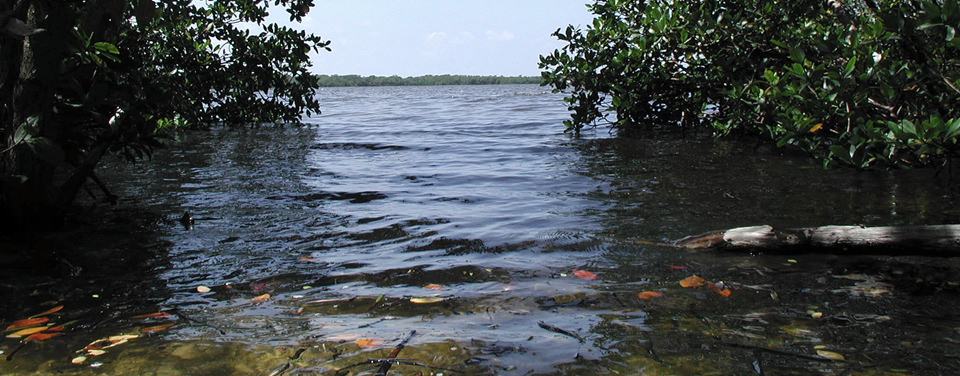Is change important to estuaries?
Changing conditions are a necessary part of healthy, functioning estuaries

Estuaries experience change many times a day due to tides. Shown here: Located at the northern end of the Ten Thousand Islands on the gulf coast of Florida, the Rookery Bay National Estuarine Research Reserve represents one of the few remaining undisturbed mangrove estuaries in North America.
Estuaries are tidally driven. Tides flush the system and provide nutrients to keep food webs functional. By doing this, tides create constantly changing conditions of exposure to air or increased levels of water in an estuarine environment. Because of tides, the water levels in an estuary are going up and down several times a day.
Estuarine organisms can adapt quite well to these changing conditions in estuaries. For example, fish or crabs are mobile and can move as needed throughout the day to adjust to changes in the estuary.
In addition, weather patterns, seasonal cycles, and climate change also affect and can change conditions in estuaries.
Estuaries and their surrounding wetlands are bodies of water usually found where rivers meet the sea. Estuaries are home to unique plant and animal communities that have adapted to brackish water.